Home>Home Appliances>Heating & Cooling>What Is Meant By Forced Air Heating
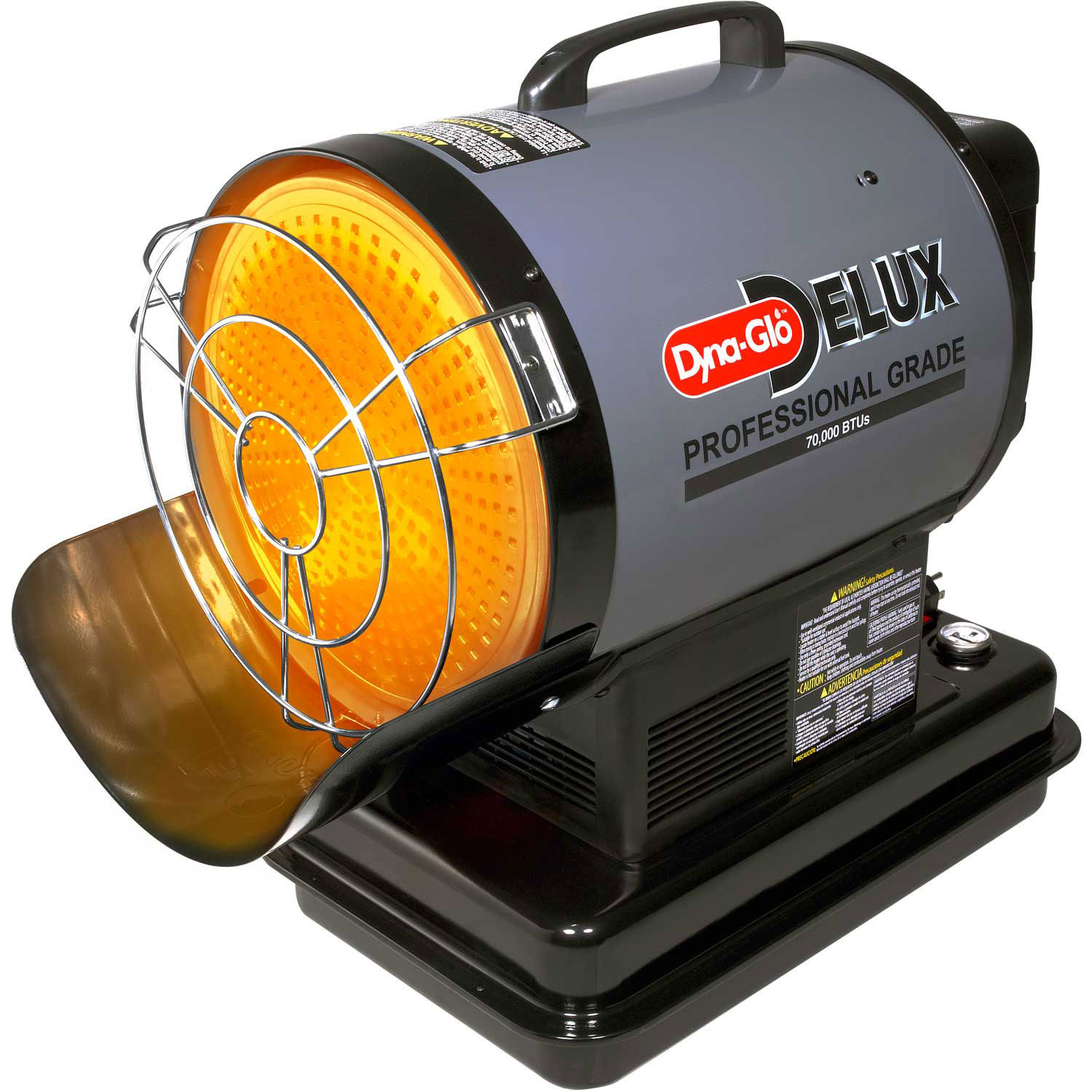

Heating & Cooling
What Is Meant By Forced Air Heating
Modified: February 18, 2024
Learn about forced air heating, a popular method of heating and cooling, and how it works to efficiently regulate indoor temperatures. Discover the benefits and considerations of forced air heating systems.
(Many of the links in this article redirect to a specific reviewed product. Your purchase of these products through affiliate links helps to generate commission for Storables.com, at no extra cost. Learn more)
Introduction
Forced air heating is a popular and efficient method of heating homes and commercial spaces. It utilizes a system that distributes heated air throughout a building, providing warmth and comfort during colder months. Understanding the fundamentals of forced air heating is essential for homeowners and businesses seeking effective heating solutions.
This article delves into the intricacies of forced air heating, exploring its definition, operational mechanisms, system components, as well as its advantages and disadvantages. By gaining insight into these aspects, readers can make informed decisions about whether forced air heating is suitable for their specific needs.
Let's embark on a journey to unravel the inner workings of forced air heating, shedding light on its functionality and the factors that make it a prevalent choice in the realm of heating and cooling solutions.
Key Takeaways:
- Forced air heating uses air to spread warmth throughout buildings, offering rapid heating, even distribution, and integration with cooling systems. It’s versatile and efficient, but may have air quality and noise concerns.
- Forced air heating has benefits like customizable options and energy efficiency, but drawbacks include potential air distribution inconsistencies and initial installation costs. Property owners should weigh these factors for informed decisions.
Definition of Forced Air Heating
Forced air heating is a heating system that utilizes air as the medium for distributing warmth throughout a building. This method involves the use of a furnace or heat pump to generate heat, which is then circulated through a network of ducts and vents to reach various rooms and spaces within the structure. The term "forced air" refers to the process of actively pushing heated air into living or working areas, creating a comfortable indoor environment.
This heating system is designed to maintain consistent and even temperatures throughout the building, ensuring that occupants experience warmth and comfort regardless of their location within the space. The forced air heating mechanism is a versatile and efficient solution for both residential and commercial properties, offering customizable heating options to suit diverse preferences and requirements.
One of the defining characteristics of forced air heating is its ability to integrate with air conditioning systems, providing a comprehensive climate control solution for year-round comfort. By utilizing the same network of ducts and vents, forced air heating and cooling systems can efficiently regulate indoor temperatures, offering a seamless transition between heating and cooling functions as seasons change.
Forced air heating systems can be powered by various energy sources, including natural gas, electricity, and even renewable energy options such as solar power. This flexibility allows property owners to select the most suitable and cost-effective energy supply for their heating needs, contributing to energy efficiency and sustainability.
In essence, forced air heating represents a dynamic and adaptable approach to indoor heating, leveraging the properties of air to deliver consistent warmth and comfort. Its ability to integrate with cooling systems, coupled with the flexibility in energy sources, makes it a compelling choice for those seeking reliable and efficient heating solutions for their residential or commercial spaces.
How Forced Air Heating Works
Forced air heating operates on a straightforward yet highly effective principle, harnessing the power of air to distribute warmth throughout a building. The process begins with the activation of a furnace or heat pump, which serves as the central heating source. This appliance generates heat by burning natural gas, utilizing electricity, or tapping into alternative energy sources such as solar power, depending on the specific system configuration.
Once the furnace or heat pump initiates the heating process, the produced warmth is transferred to the air within the system. This heated air is then propelled through a network of ducts, which are strategically positioned throughout the building to ensure comprehensive coverage. These ducts act as conduits, guiding the heated air to various rooms and living spaces, effectively dispersing warmth to create a comfortable indoor environment.
The distribution of heated air is facilitated by vents located in walls, floors, or ceilings, allowing the warmth to permeate the entire building. As the heated air is released into the living or working areas, it raises the ambient temperature, providing occupants with a cozy and inviting atmosphere.
The circulation of heated air is regulated by the system's thermostat, which monitors and controls the indoor temperature to maintain optimal comfort levels. Once the desired temperature is achieved, the thermostat signals the heating system to pause, preventing excessive heat and conserving energy. Conversely, if the temperature drops, the thermostat prompts the heating system to resume operation, ensuring a consistent and pleasant indoor climate.
Furthermore, forced air heating systems can be equipped with air filters and humidifiers, enhancing indoor air quality and comfort. Air filters help remove dust, allergens, and other impurities from the circulated air, promoting a healthier living environment. Humidifiers, on the other hand, introduce moisture into the heated air, preventing dryness and maintaining an ideal level of humidity for improved comfort.
In essence, the functionality of forced air heating revolves around the efficient generation, distribution, and regulation of heated air, culminating in a reliable and customizable heating solution for residential and commercial spaces. Its seamless integration with cooling systems and the potential for energy-efficient operation make forced air heating a compelling choice for those seeking effective and versatile climate control options.
Components of Forced Air Heating System
The forced air heating system comprises several essential components that work in harmony to deliver efficient and consistent warmth throughout a building. Understanding these components is crucial for gaining insight into the inner workings of the system and its ability to provide reliable heating solutions. Let's explore the key elements that constitute a typical forced air heating system:
-
Furnace or Heat Pump: At the heart of the forced air heating system lies the furnace or heat pump, which serves as the primary heat-generating component. The furnace, commonly fueled by natural gas or electricity, ignites and heats the air that will be distributed throughout the building. Heat pumps, on the other hand, extract warmth from the surrounding environment and transfer it indoors, offering an energy-efficient heating alternative.
-
Ductwork: A network of ducts forms the infrastructure for distributing heated air to various rooms and spaces within the building. These ducts, typically made of metal or flexible materials, are strategically routed throughout the structure to ensure comprehensive coverage. Properly designed and maintained ductwork is essential for efficient heat distribution and optimal system performance.
-
Vents and Registers: Vents and registers, located in walls, floors, or ceilings, serve as the entry points for heated air to enter living and working areas. These components are designed to facilitate the even distribution of warmth, ensuring that every part of the building receives the desired level of heating.
-
Thermostat: The thermostat acts as the control center for the forced air heating system, allowing users to set and regulate the indoor temperature. Modern thermostats often feature programmable settings and smart capabilities, enabling precise temperature management and energy conservation.
-
Air Filters and Humidifiers: Many forced air heating systems are equipped with air filters and humidifiers to enhance indoor air quality and comfort. Air filters help remove airborne particles and allergens, while humidifiers introduce moisture into the heated air, preventing dryness and maintaining an optimal level of humidity.
-
Blower Motor: The blower motor is responsible for propelling heated air through the ductwork and into the living spaces. This component ensures efficient air circulation, contributing to the consistent and even distribution of warmth throughout the building.
-
Return Air Registers: Return air registers play a crucial role in the forced air heating system by allowing the circulation of air back to the furnace or heat pump for reheating. This closed-loop process ensures that the air within the building is continuously recirculated and heated, maintaining a comfortable indoor environment.
By integrating these components, forced air heating systems offer a comprehensive and customizable solution for indoor heating, catering to the diverse needs of residential and commercial properties. The synergy between these elements results in a reliable and efficient heating mechanism that contributes to enhanced comfort and well-being within the built environment.
Forced air heating is a system that uses a furnace to heat air, which is then distributed throughout the building via ducts and vents. Regular maintenance, such as changing air filters, can help keep the system running efficiently.
Advantages of Forced Air Heating
Forced air heating systems offer a myriad of advantages that contribute to their widespread popularity and effectiveness in providing indoor warmth and comfort. Understanding these advantages is essential for individuals and businesses seeking reliable and efficient heating solutions tailored to their specific needs. Let's explore the compelling benefits of forced air heating:
-
Rapid Heating: One of the primary advantages of forced air heating is its ability to quickly raise the indoor temperature to the desired level. Upon activation, the system swiftly distributes heated air throughout the building, ensuring that occupants experience warmth within a short timeframe. This rapid heating capability is particularly beneficial during cold spells, allowing for prompt and effective climate control.
-
Even Heat Distribution: Forced air heating systems excel in delivering consistent warmth across various rooms and living spaces. The network of ducts and vents ensures that heated air is evenly distributed throughout the building, eliminating cold spots and providing a uniform level of comfort. This balanced heat distribution enhances the overall indoor experience, creating a cozy and inviting environment for occupants.
-
Integration with Cooling Systems: A notable advantage of forced air heating is its seamless integration with air conditioning systems. By utilizing the same network of ducts and vents, these systems offer comprehensive climate control solutions for year-round comfort. This integration allows for a smooth transition between heating and cooling functions, providing occupants with a versatile and adaptable indoor environment.
-
Customizable Heating Options: Forced air heating systems offer customizable heating options to suit diverse preferences and requirements. Modern thermostats enable precise temperature management, allowing users to program heating schedules and adjust settings according to their comfort preferences. This flexibility empowers individuals to create personalized heating profiles, optimizing energy usage and enhancing comfort.
-
Improved Indoor Air Quality: Many forced air heating systems are equipped with air filters that help remove dust, allergens, and other impurities from the circulated air. This feature contributes to improved indoor air quality, creating a healthier living environment for occupants. Additionally, the integration of humidifiers helps maintain an optimal level of humidity, preventing dryness and enhancing overall comfort.
-
Energy Efficiency: Forced air heating systems can be designed for energy-efficient operation, contributing to cost savings and environmental sustainability. By utilizing programmable thermostats, zoning capabilities, and advanced heating technologies, these systems optimize energy usage while maintaining comfortable indoor temperatures. This focus on energy efficiency aligns with modern sustainability initiatives and reduces operational costs for property owners.
-
Versatility in Energy Sources: Forced air heating systems can be powered by various energy sources, including natural gas, electricity, and renewable options such as solar power. This versatility allows property owners to select the most suitable and cost-effective energy supply for their heating needs, promoting energy diversity and resilience.
In summary, forced air heating systems offer a host of advantages, including rapid heating, even heat distribution, integration with cooling systems, customizable heating options, improved indoor air quality, energy efficiency, and versatility in energy sources. These benefits collectively position forced air heating as a compelling and versatile solution for residential and commercial heating needs, catering to the comfort, efficiency, and well-being of occupants within the built environment.
Read more: What Are Forced Air Heating Systems
Disadvantages of Forced Air Heating
While forced air heating systems offer a range of compelling benefits, it is important to acknowledge the potential drawbacks associated with this heating method. Understanding these disadvantages is crucial for individuals and businesses evaluating heating options to make informed decisions aligned with their specific needs and preferences. Let's delve into the notable disadvantages of forced air heating:
-
Air Distribution Inconsistencies: One of the primary drawbacks of forced air heating is the potential for uneven air distribution within the building. Factors such as duct design, system maintenance, and obstructions can lead to disparities in heating levels across different rooms. This inconsistency may result in certain areas feeling warmer or cooler than desired, impacting overall comfort.
-
Air Quality Concerns: Forced air heating systems, particularly those with older or poorly maintained ductwork, can contribute to air quality issues. Dust, allergens, and contaminants may accumulate within the ducts, leading to the circulation of impure air throughout the building. This can pose challenges for individuals with respiratory sensitivities and allergies, necessitating regular duct cleaning and maintenance to mitigate air quality concerns.
-
Operational Noise: The operation of forced air heating systems, particularly the blower motor and air movement through the ducts, can generate noticeable noise levels. This can be disruptive in quiet environments or during nighttime hours, potentially impacting the overall tranquility of the living or working space.
-
Initial Installation Costs: The installation of a forced air heating system, especially in existing structures without pre-existing ductwork, can entail significant upfront costs. The need to retrofit ducts and vents, along with the installation of the heating unit and associated components, can contribute to a substantial initial investment. This factor may influence the feasibility of adopting forced air heating for certain properties.
-
Energy Efficiency Challenges: In some cases, forced air heating systems may experience energy efficiency challenges, particularly if ductwork leaks or insulation issues are present. These inefficiencies can lead to heat loss and reduced system performance, impacting both comfort levels and energy costs. Regular maintenance and periodic inspections are essential to address and mitigate potential energy efficiency concerns.
-
Limited Zoning Control: Traditional forced air heating systems may offer limited zoning control, making it challenging to independently regulate temperatures in specific areas or rooms. This can result in energy wastage and discomfort, especially in larger buildings where precise climate control is desired.
-
Dependency on Electricity: While forced air heating systems can be powered by various energy sources, many modern systems rely on electricity for operation. This dependency on electricity may pose challenges during power outages or in regions with unreliable electrical supply, impacting the system's ability to provide consistent heating.
In summary, forced air heating systems present several disadvantages, including air distribution inconsistencies, air quality concerns, operational noise, initial installation costs, energy efficiency challenges, limited zoning control, and dependency on electricity. By carefully considering these drawbacks alongside the system's advantages, property owners and decision-makers can make informed choices regarding their heating solutions, weighing the trade-offs to best meet their specific heating and comfort requirements.
Conclusion
In conclusion, forced air heating systems represent a versatile and efficient approach to indoor climate control, offering a host of benefits alongside potential drawbacks. The widespread adoption of forced air heating is attributed to its rapid heating capabilities, even heat distribution, integration with cooling systems, customizable options, and energy efficiency. These advantages position forced air heating as a compelling solution for residential and commercial properties, contributing to enhanced comfort, energy savings, and improved indoor air quality.
However, it is essential to acknowledge the potential challenges associated with forced air heating, including air distribution inconsistencies, air quality concerns, operational noise, initial installation costs, energy efficiency challenges, limited zoning control, and dependency on electricity. By recognizing these drawbacks, property owners and decision-makers can make informed assessments of forced air heating systems, considering their specific heating needs, building characteristics, and long-term operational considerations.
Ultimately, the decision to adopt forced air heating should be guided by a comprehensive evaluation of its advantages and disadvantages in relation to the unique requirements of the property and its occupants. Regular maintenance, proper system design, and attentive management of air quality concerns can mitigate potential drawbacks, ensuring that the benefits of forced air heating are maximized while addressing any associated challenges.
As the demand for efficient and sustainable heating solutions continues to grow, forced air heating systems remain a prominent choice, offering adaptable climate control options and the potential for energy savings. By understanding the intricacies of forced air heating and its impact on indoor comfort and energy efficiency, property owners can make informed decisions that align with their goals for a comfortable, sustainable, and well-regulated indoor environment.
Frequently Asked Questions about What Is Meant By Forced Air Heating
Was this page helpful?
At Storables.com, we guarantee accurate and reliable information. Our content, validated by Expert Board Contributors, is crafted following stringent Editorial Policies. We're committed to providing you with well-researched, expert-backed insights for all your informational needs.
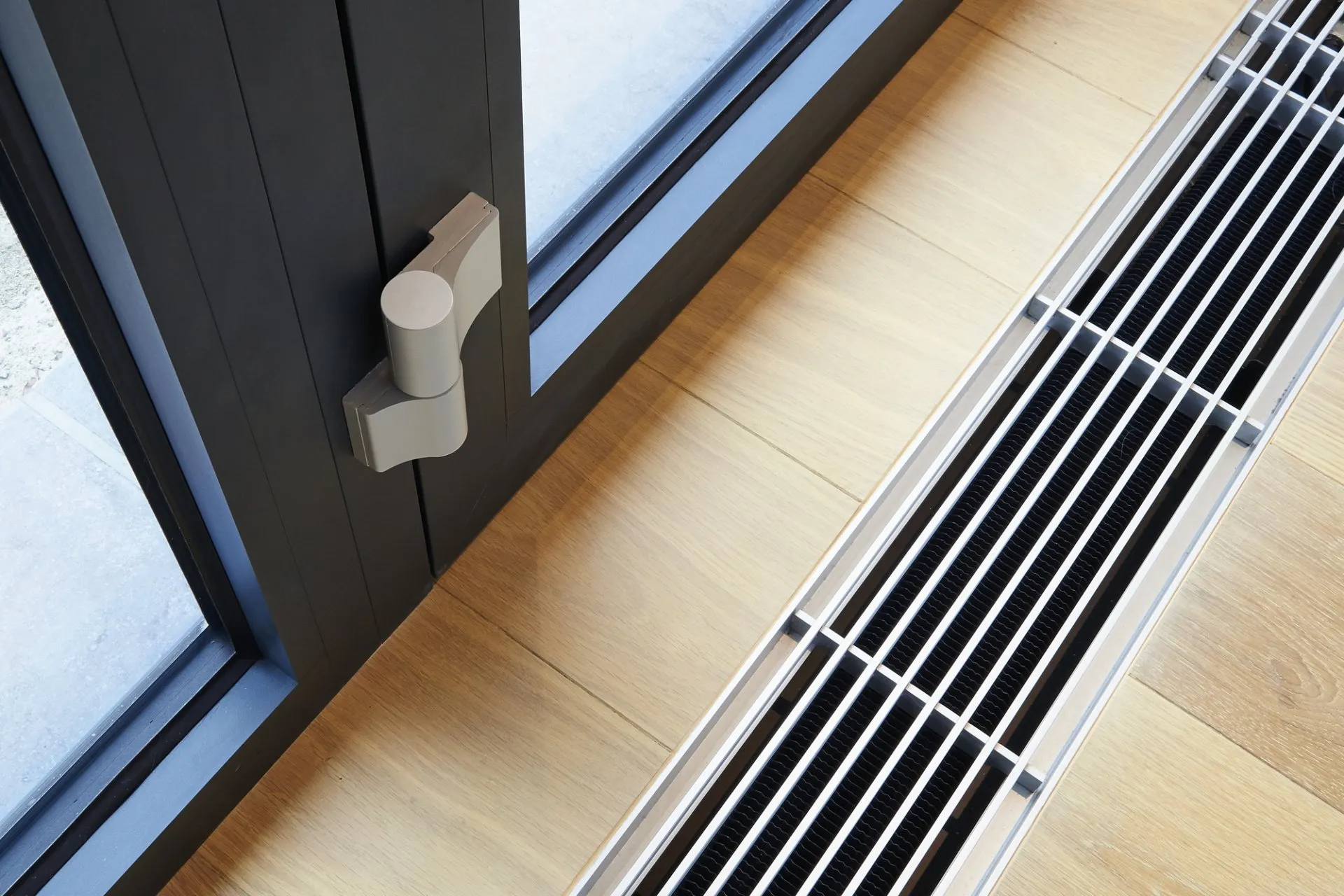
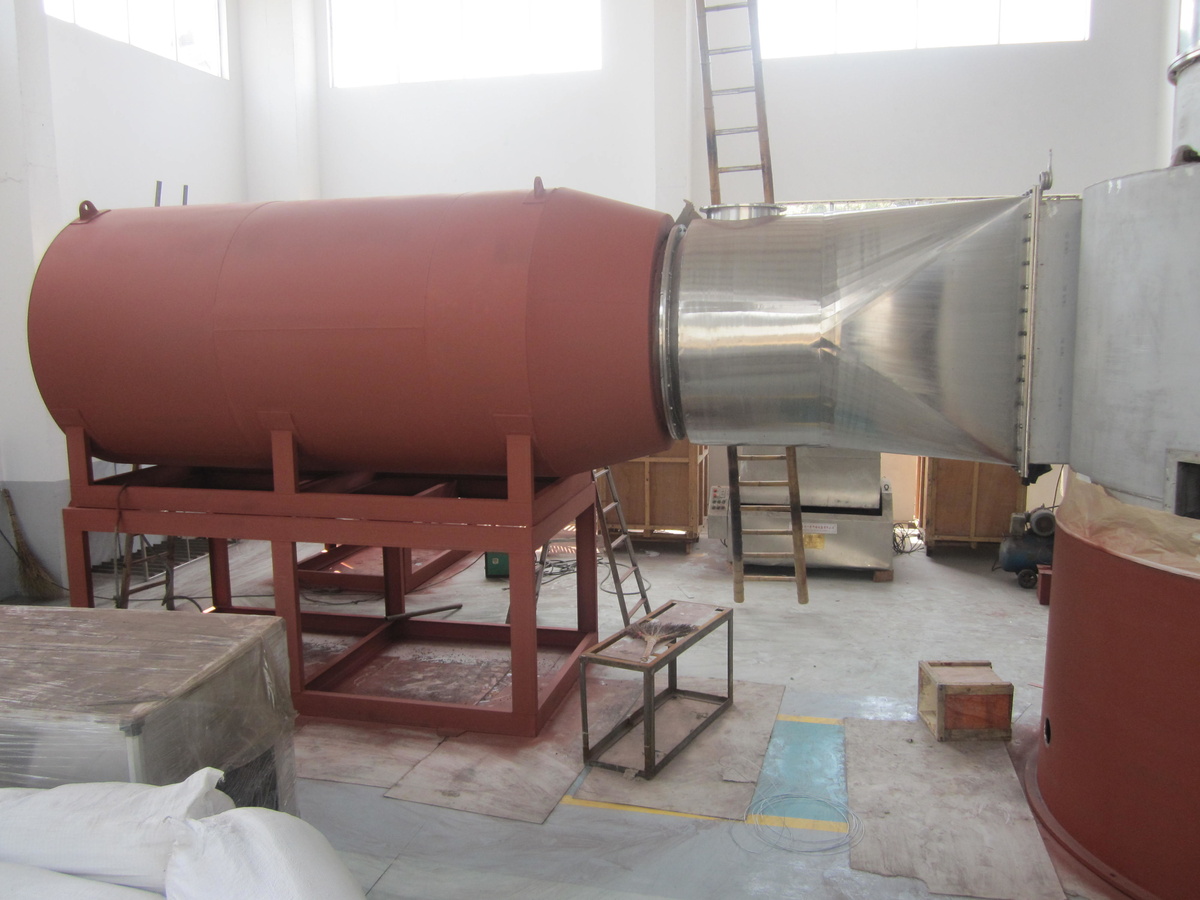
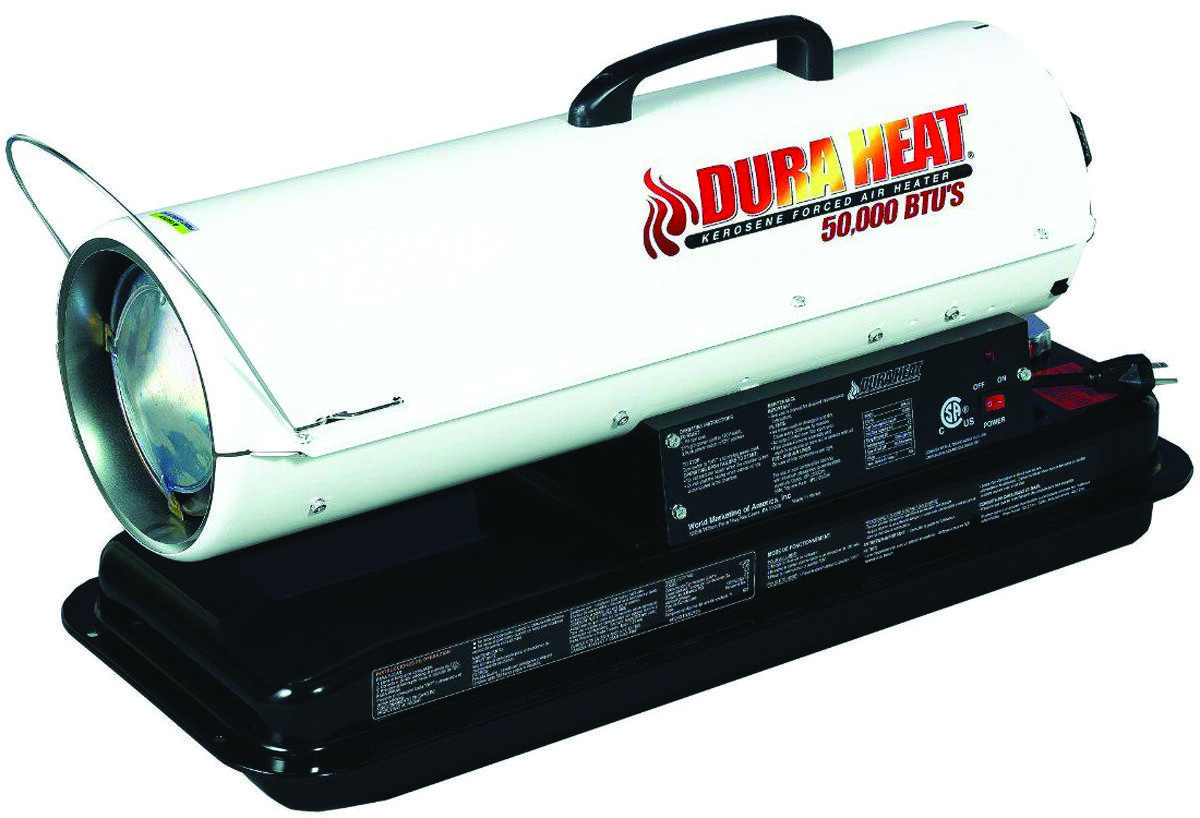
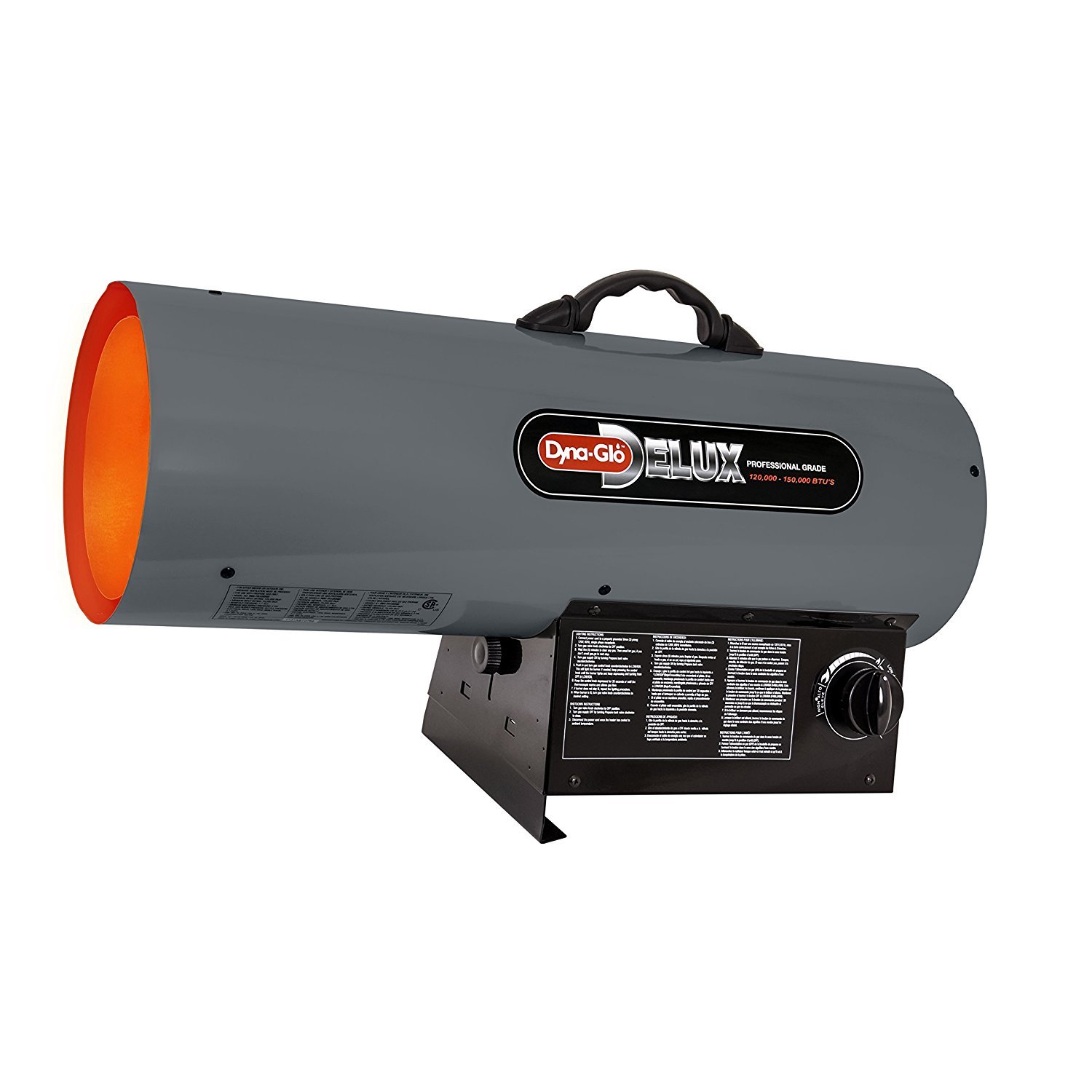
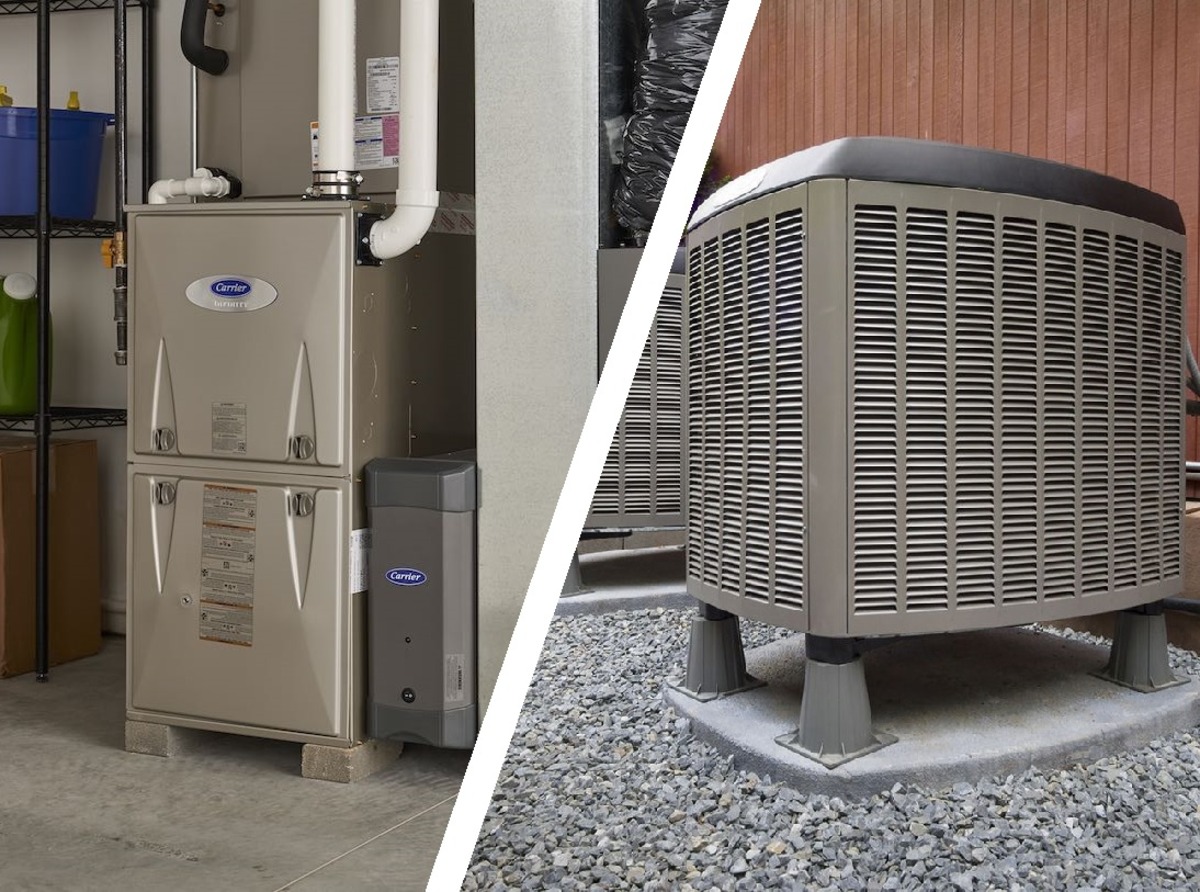
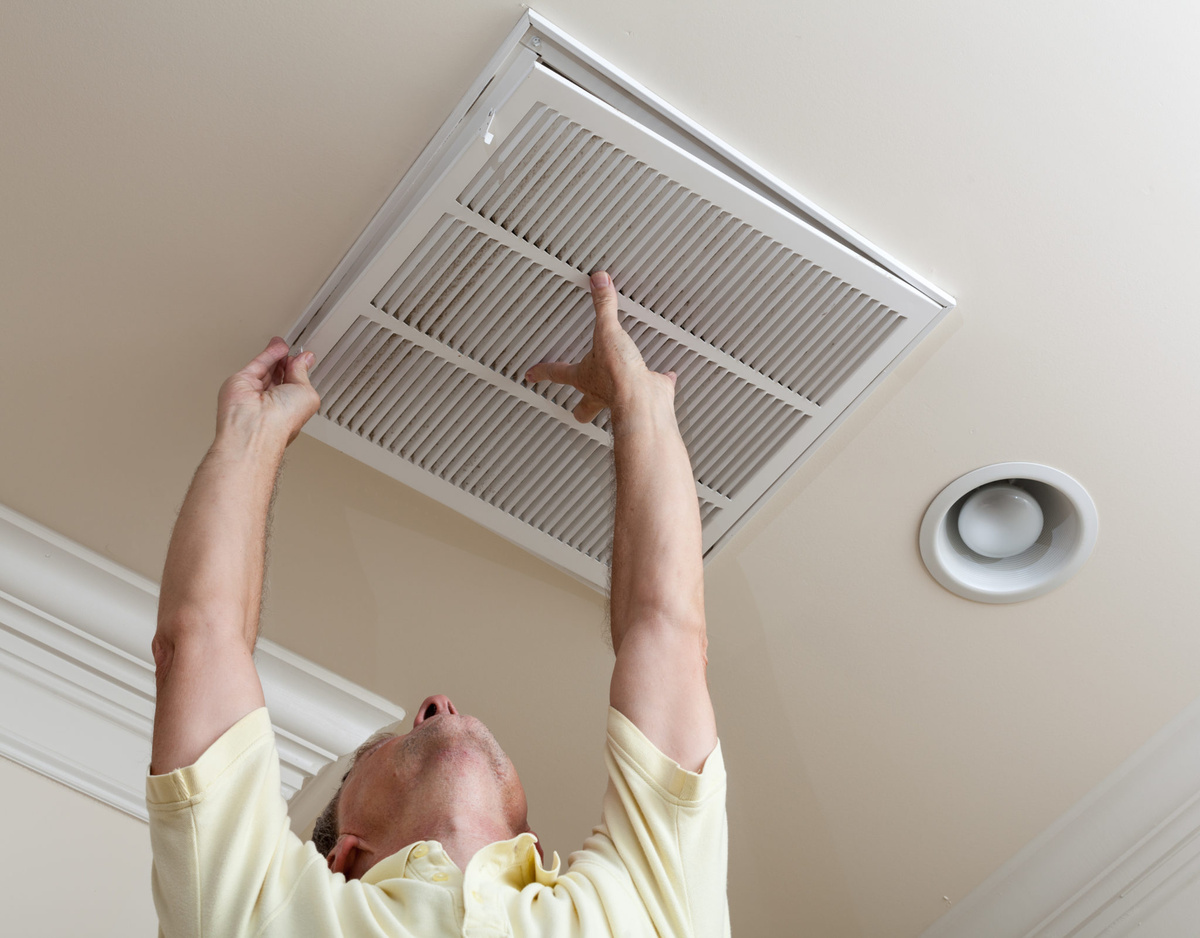
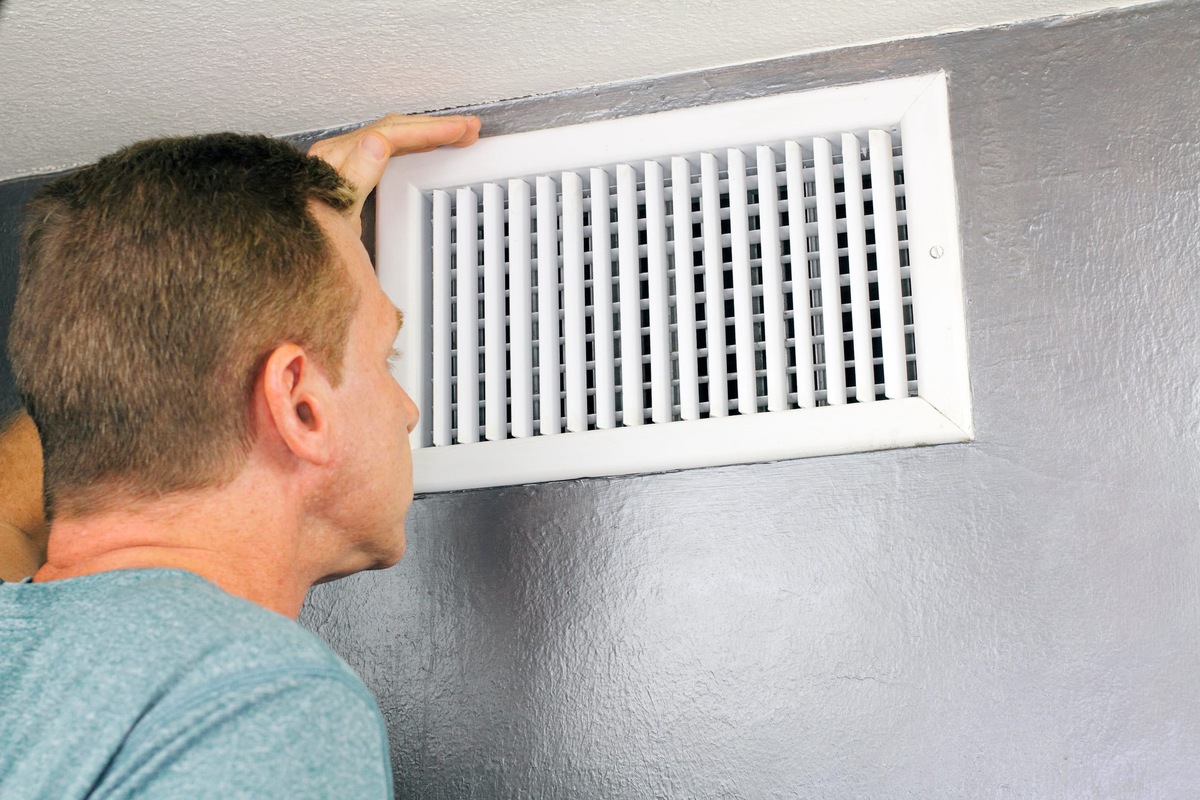
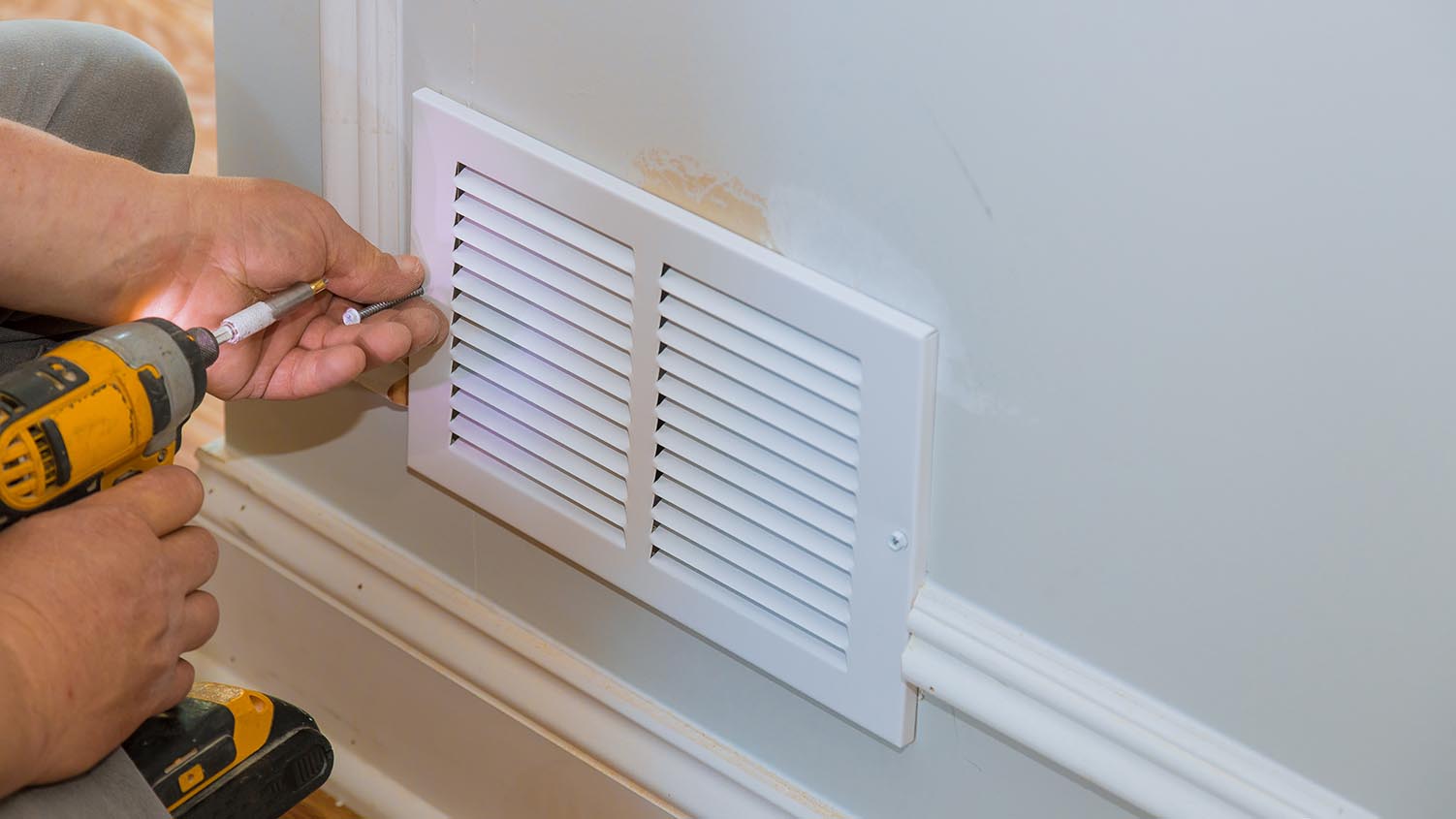
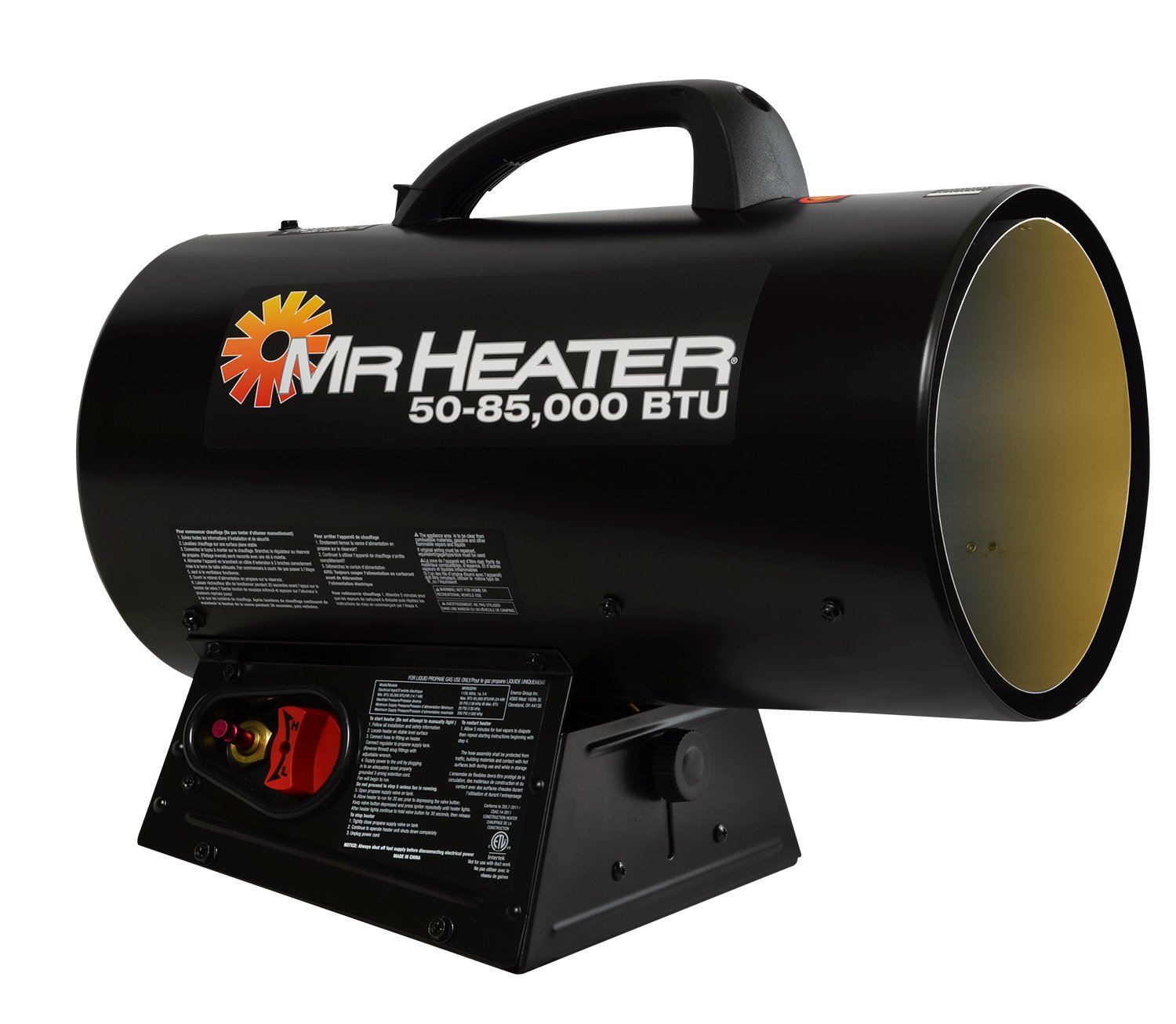
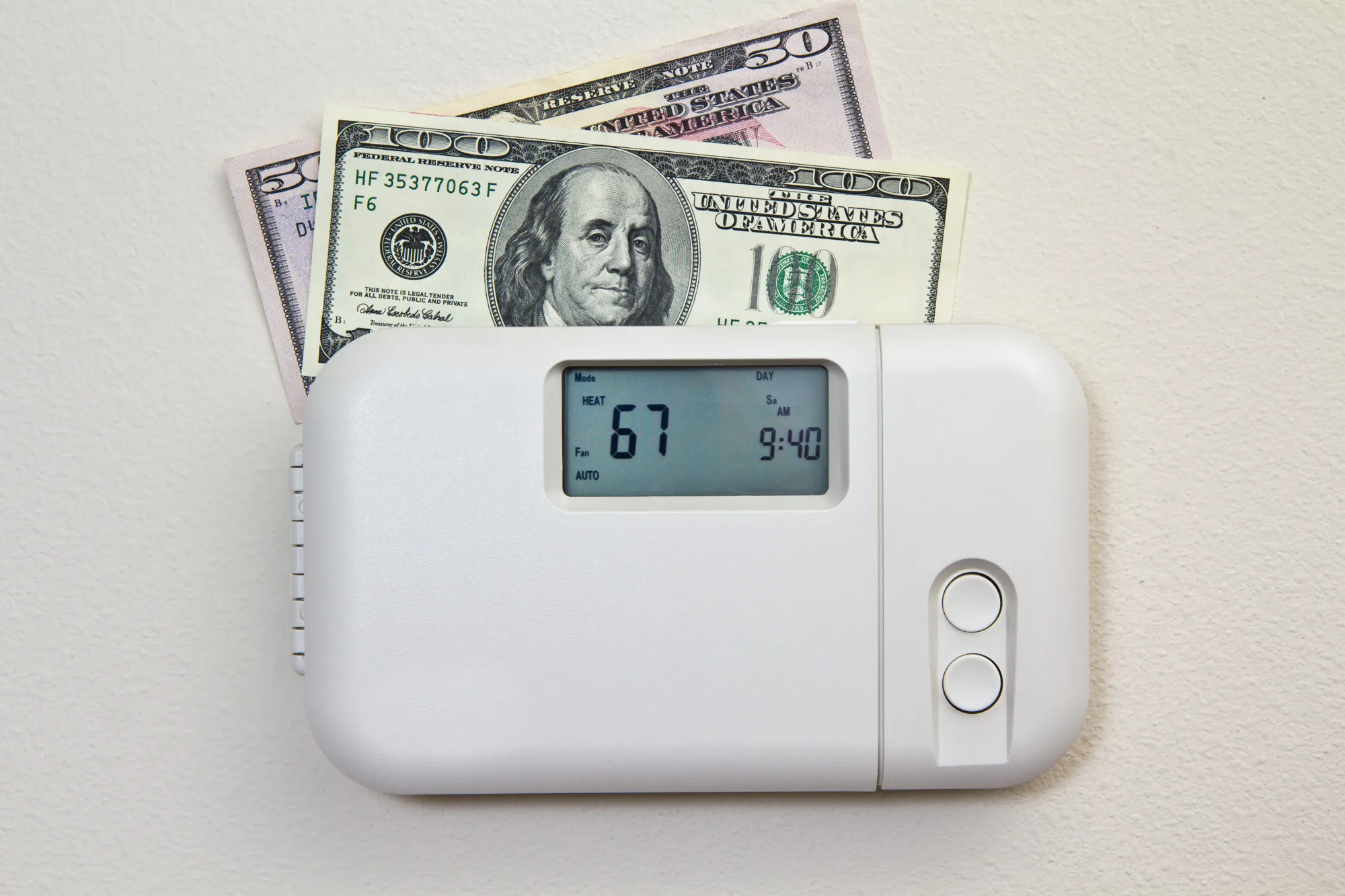
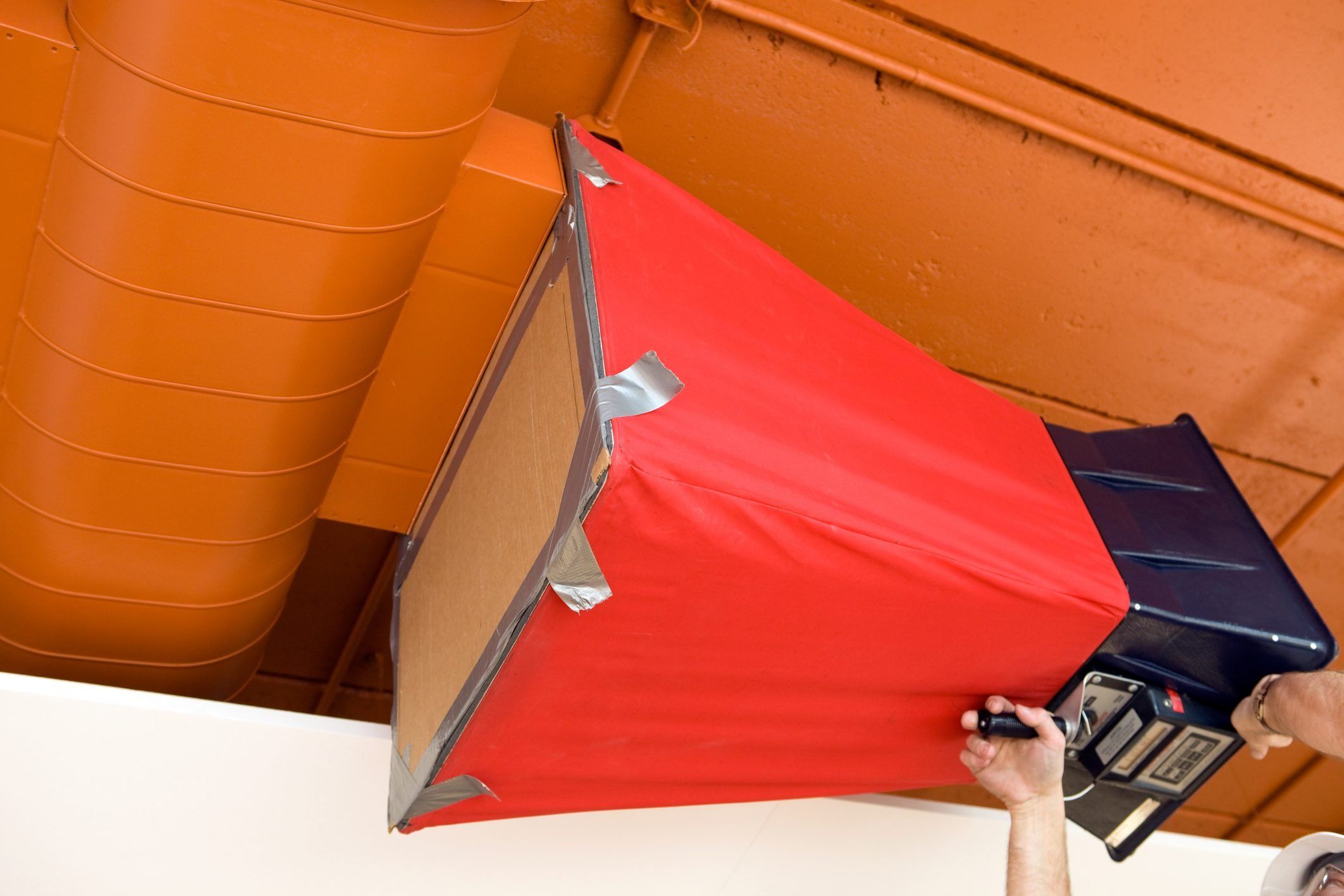
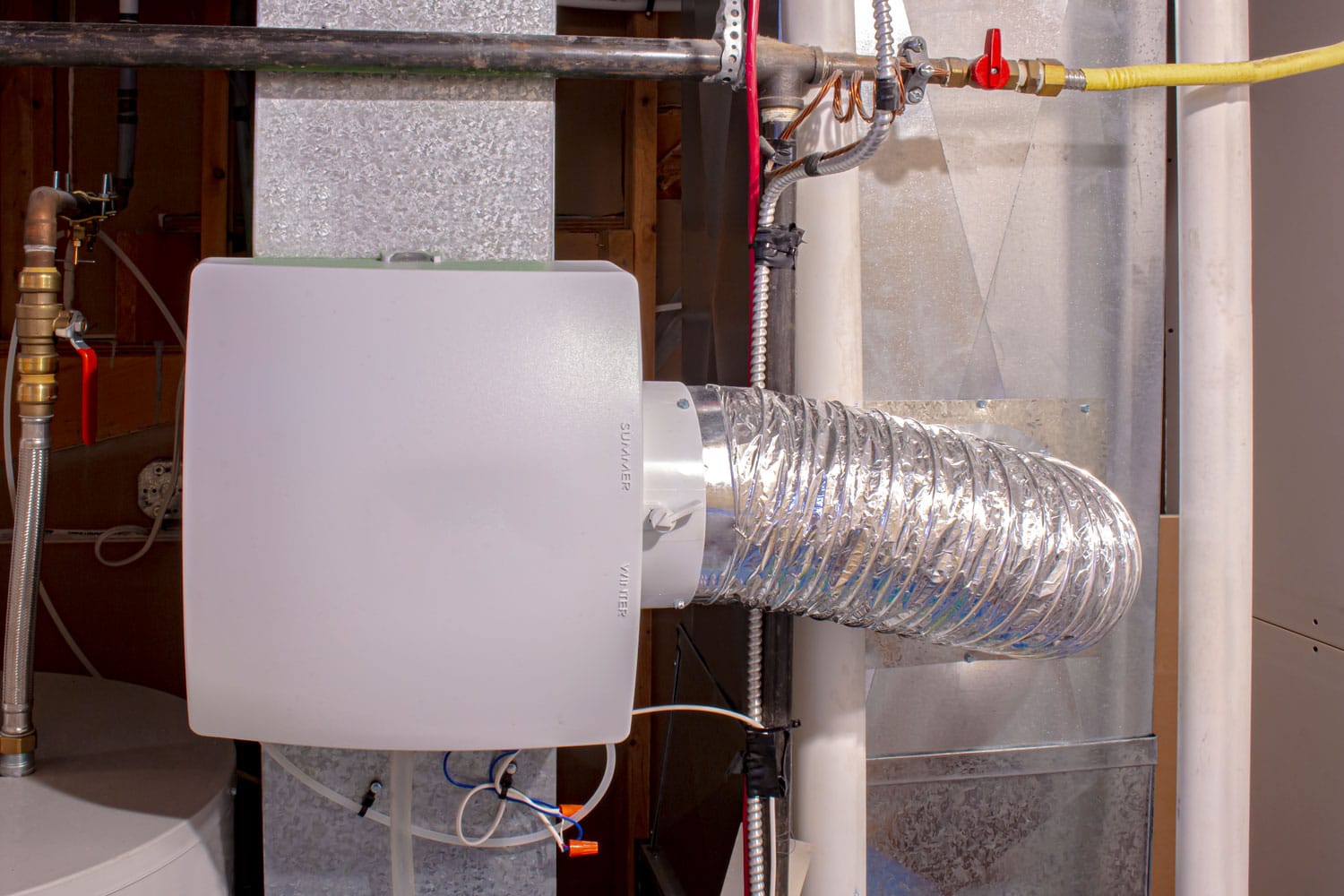
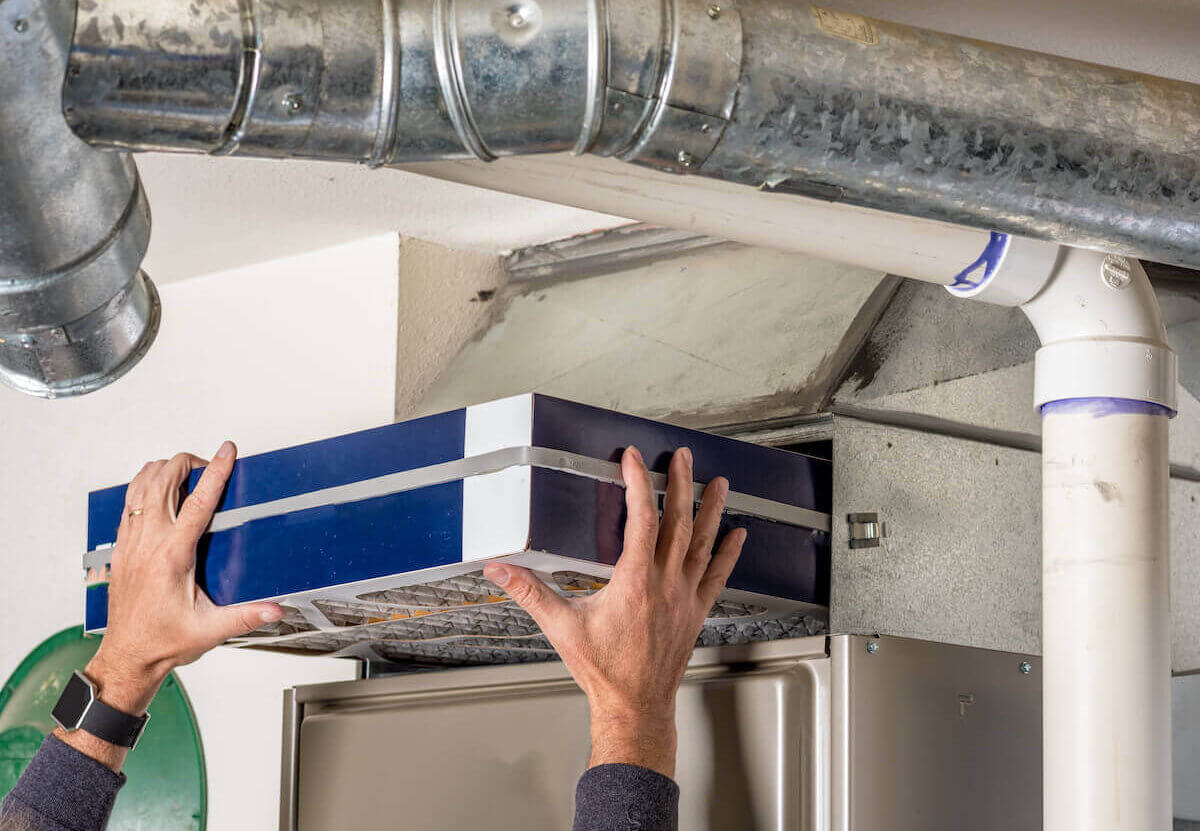
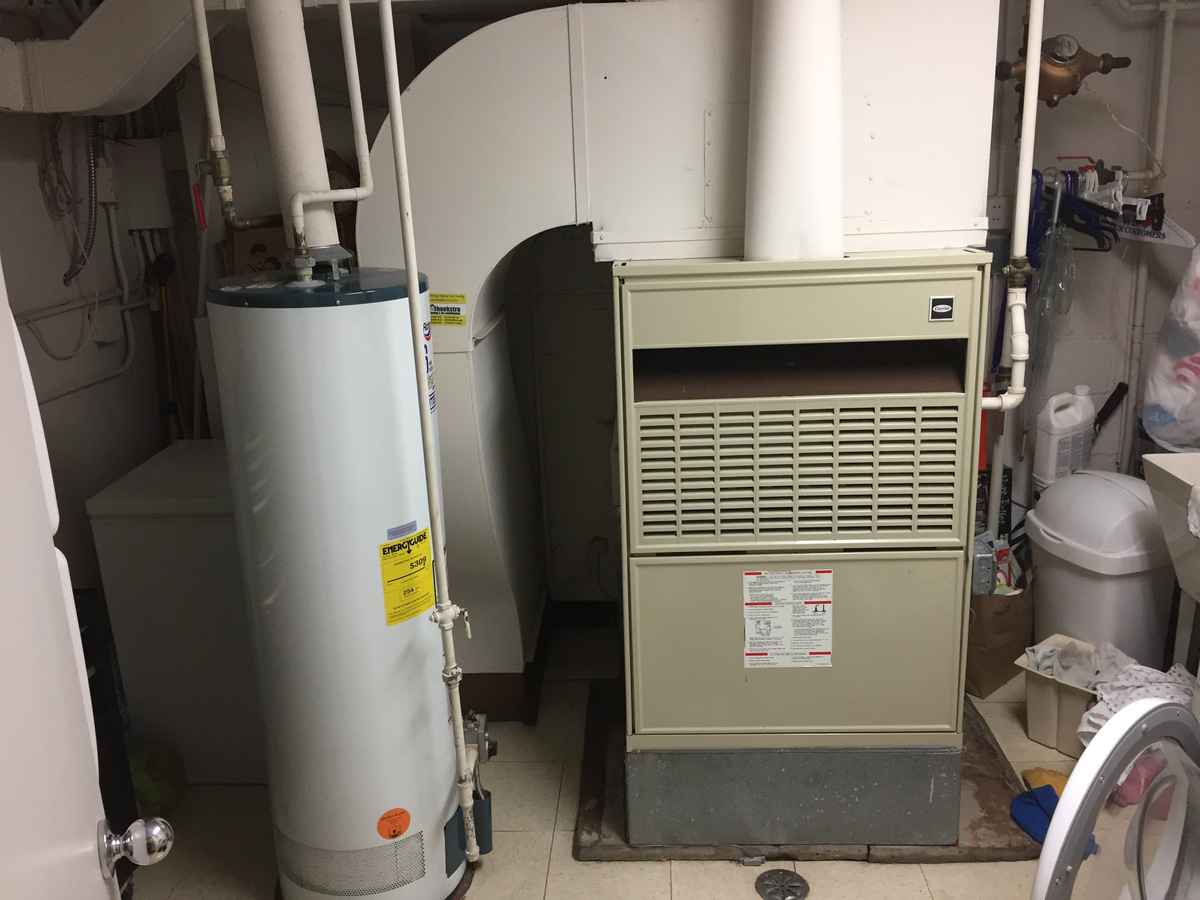

0 thoughts on “What Is Meant By Forced Air Heating”